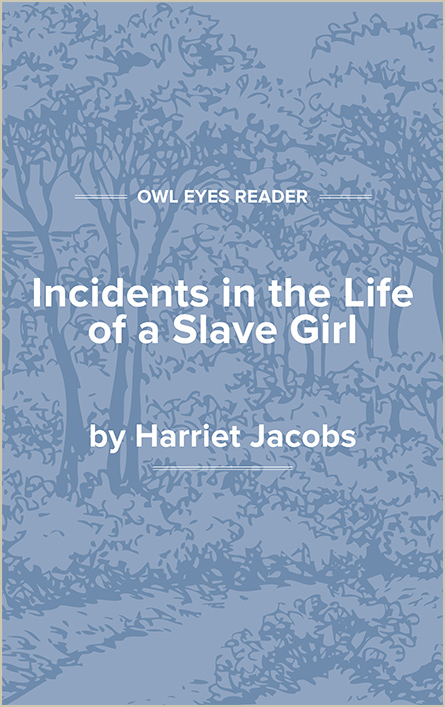Analysis Pages
Historical Context in Incidents in the Life of a Slave Girl
Historical Context Examples in Incidents in the Life of a Slave Girl:
Chapter I
🔒"sufficient food..." See in text (Chapter I)
Chapter VI
🔒"bloodhounds..." See in text (Chapter VI)
"the Inquisition..." See in text (Chapter VI)
Chapter VII
🔒"the Free States..." See in text (Chapter VII)
Chapter VIII
🔒"Queen Justice..." See in text (Chapter VIII)
"the President..." See in text (Chapter VIII)
"abolitionists..." See in text (Chapter VIII)
"Mason and Dixon's line..." See in text (Chapter VIII)
Chapter IX
🔒"market..." See in text (Chapter IX)
"cotton gin..." See in text (Chapter IX)
Chapter XI
🔒"Sometimes I wished that he might die in infancy..." See in text (Chapter XI)
Chapter XIII
🔒"“South Side View of Slavery,”..." See in text (Chapter XIII)
"Servants, be obedient..." See in text (Chapter XIII)

